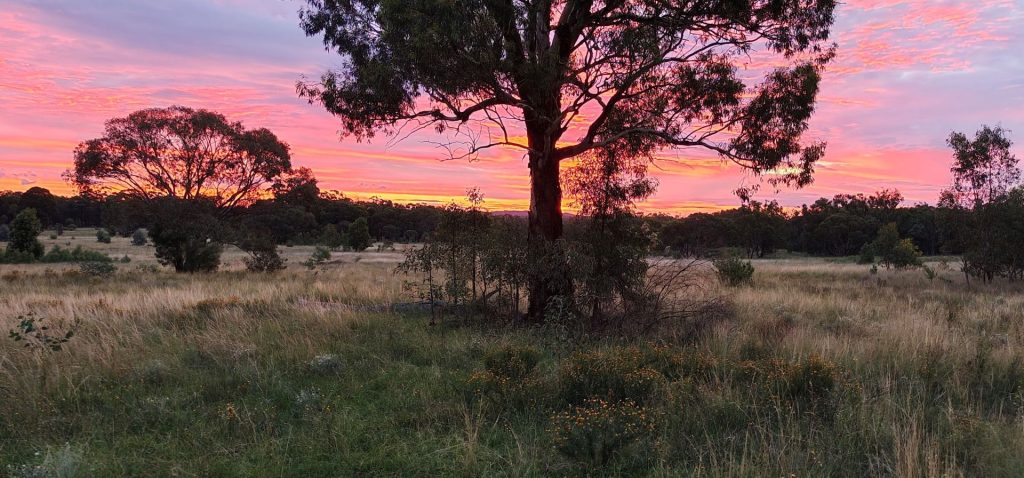We are very fortunate to have woodland plains near Narromine that feature a rare ecological treat – mound spring ecosystems associated with the Great Artesian Basin (GAB). You would usually have to travel into the semi-arid zone of western NSW to see these ecosystems, however if you are near Dubbo some striking examples of Artesian Mounds Springs can been seen on the Tantitha Rd between Narromine and Dubbo.
A dispersed cluster of approximately 30 mound springs are found on the western side of the Sappa Bulga range. With some springs located in grassy box woodlands they present an opportunity to view an endangered ecosystem within an endangered ecosystem.
Picture below is a mound spring rising over two metres above a Grey Box E. microcarpa, Bimble Box E. populnea grassy woodland southeast of Narromine. The spring ecology is dominated by emergent hydrophytic plants with sedges and rushes dominating the mound and hydrophytic graminoids and forbs the surrounding wetlands.
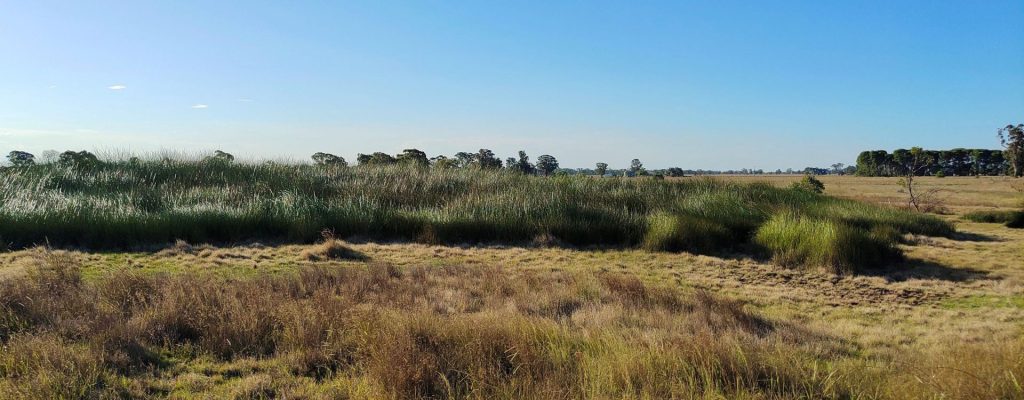
A neighbouring mound spring covers over a hectare and reaches over three metres in height. The Sappa Bulga range in the background represents the south-eastern extent of the GAB watershed. Peaking at just over 500m elevation the ranges contain tens of thousands of ephemeral ground water seeps and springs. After wet periods these shallow springs yield surface water for several months to sometimes over a year. The mound springs however are a completely different story, within recorded history they have never ceased flowing.
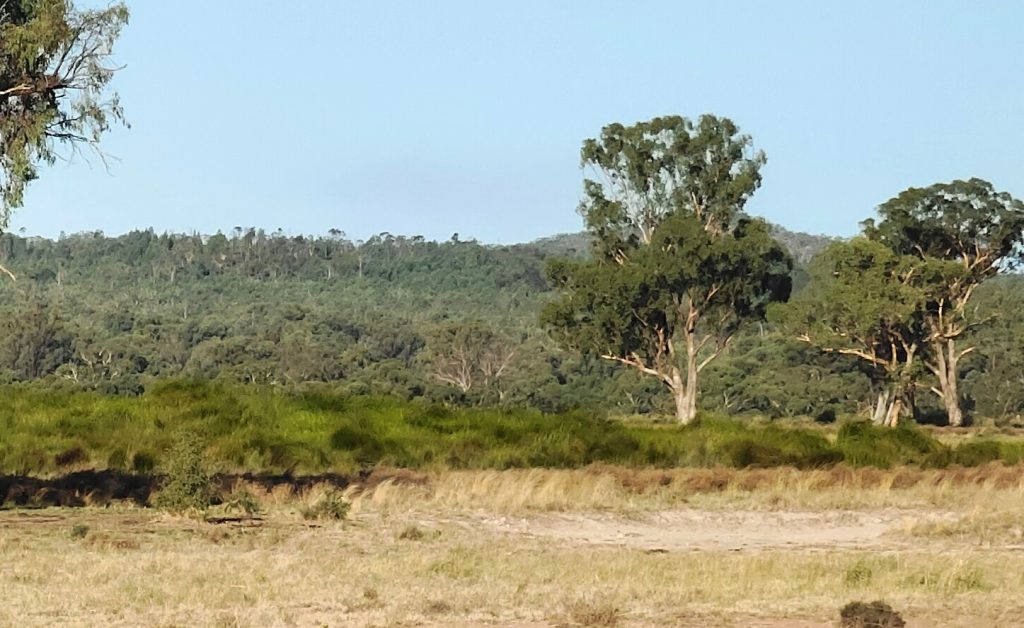
Ecosystem services in action.
The GAB spring’s ability to yield water and sustain plant growth through even the most extreme droughts creates an excellent environment for plants and algae to filter and capture windblown (aeolian) particles and water-soluble minerals. The above gravity defying structures are examples of ecological accretion. Mangrove, marshes and coral reef ecosystems, which protect our coastlines and rivers, are other dynamic examples of the ecological accretion process. A process which slows, halts and sometimes even reverses the erosive forces of weathering. All ecosystems provide this critical service, humus formation in grassland, woodland and forest being a very common example. The result – increased landscape productivity, biodiversity and resilience.
Biodiversity of the springs
The GAB springs support a wide assemblage of indigenous flora and fauna with some arid zone ecosystems containing endemic species unique to individual mounds.
Universally they have very high cultural value for indigenous nations and often significant colonial heritage values as well. The Narromine mound springs are particularly well positioned in the heart of Wiradjuri country being situated within a half day walk of twelve major tributary streams linking the Macquarie, Bogan and Lachlan River watersheds and stream systems.
Below are some of the water loving plant species associated with the Sappa Bulga GAB watershed ecosystems and springs. Their opportunistic floral displays are best viewed in the warmer months, October through to April.
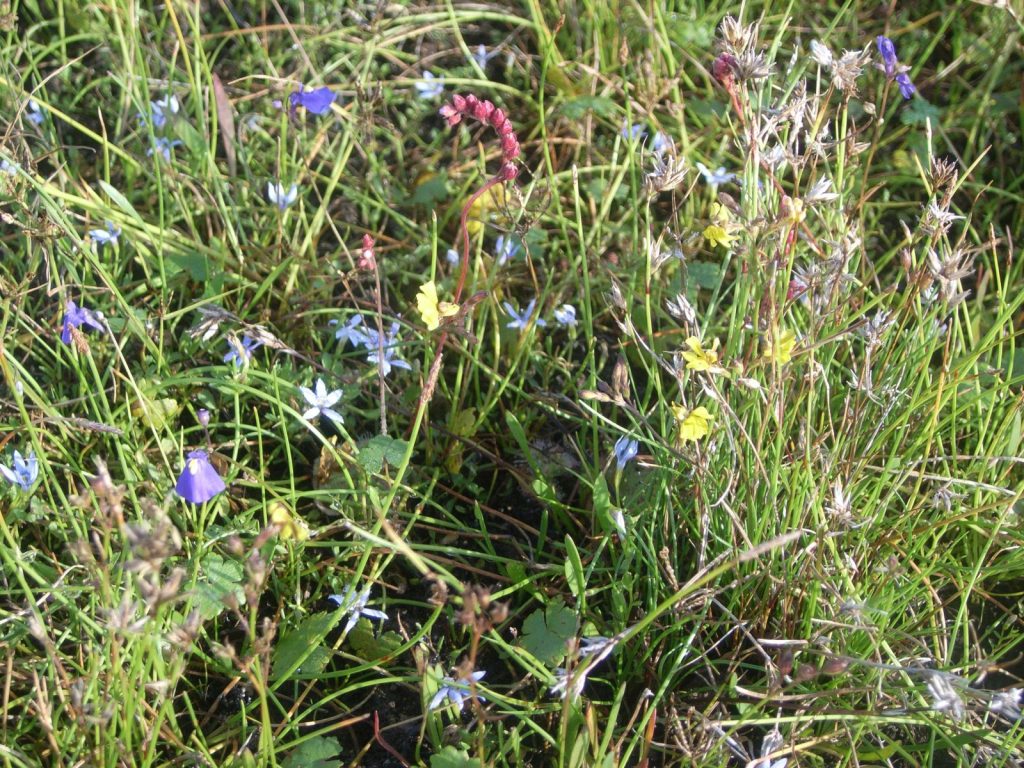
When protected from trampling by stock and feral animals the springs can support a dense community of native herbs. Pictured are Swamp Isotome Isotoma fluviatilis, Narrow Goodenia Goodenia macbarronii, Bladder Wort Utricularia sp, Burmann’s Sundew Drosera burmanni, A Hydrocotyle sp., A Schoenus sp on Mottlecah conservation reserve.

Pale Sundew Drosera peltata and the lily Early Nancy Wurmbea dioica dominate this large spring in a box gum grassy woodland glade. Photos Mottlecah conservation reserve.
Carnivorous plants provide an important ecosystem service in marshlands. The bladder wort family trap insects and microbes using submerged hinged bladders which suck in passing prey, the sundew family using a sticky mucilage. Photos Mottlecah conservation reserve.
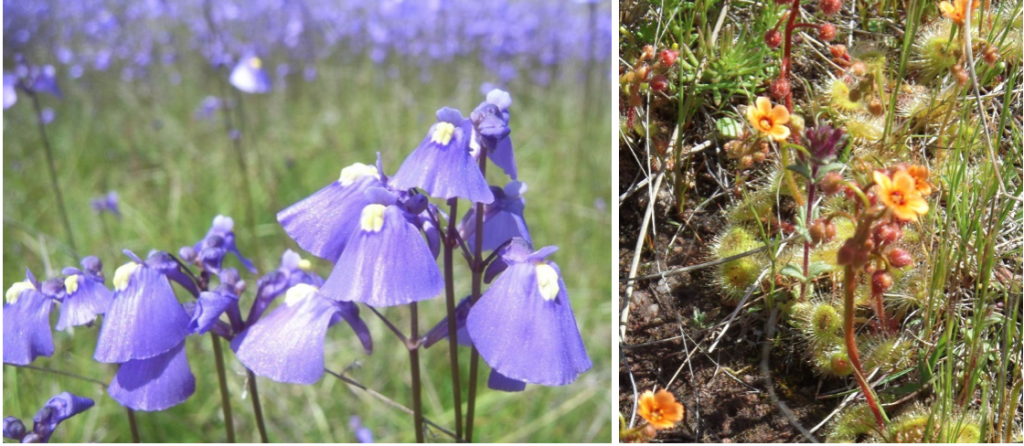
Conservation Status
If a site meets the required criteria, individual Artesian springs or groundwater dependent ecosystems are protected under NSW and Commonwealth legislation. Detailed information is available @
2. Commonwealth; The community of native species dependent on natural discharge of groundwater from the Great Artesian Basin – DCCEEW
3. Community, Friends of Mound Springs; About South Australia’s Far North Mound Springs (friendsofmoundsprings.org.au)
Sunset over box gum grassy woodland on Mottlecah looking southwest from the edge of the GAB watershed. This Wiradjuri country offers tributary waters to both the Bogan and Macquarie Rivers, part of the Darling Baaka riverine landscape.
